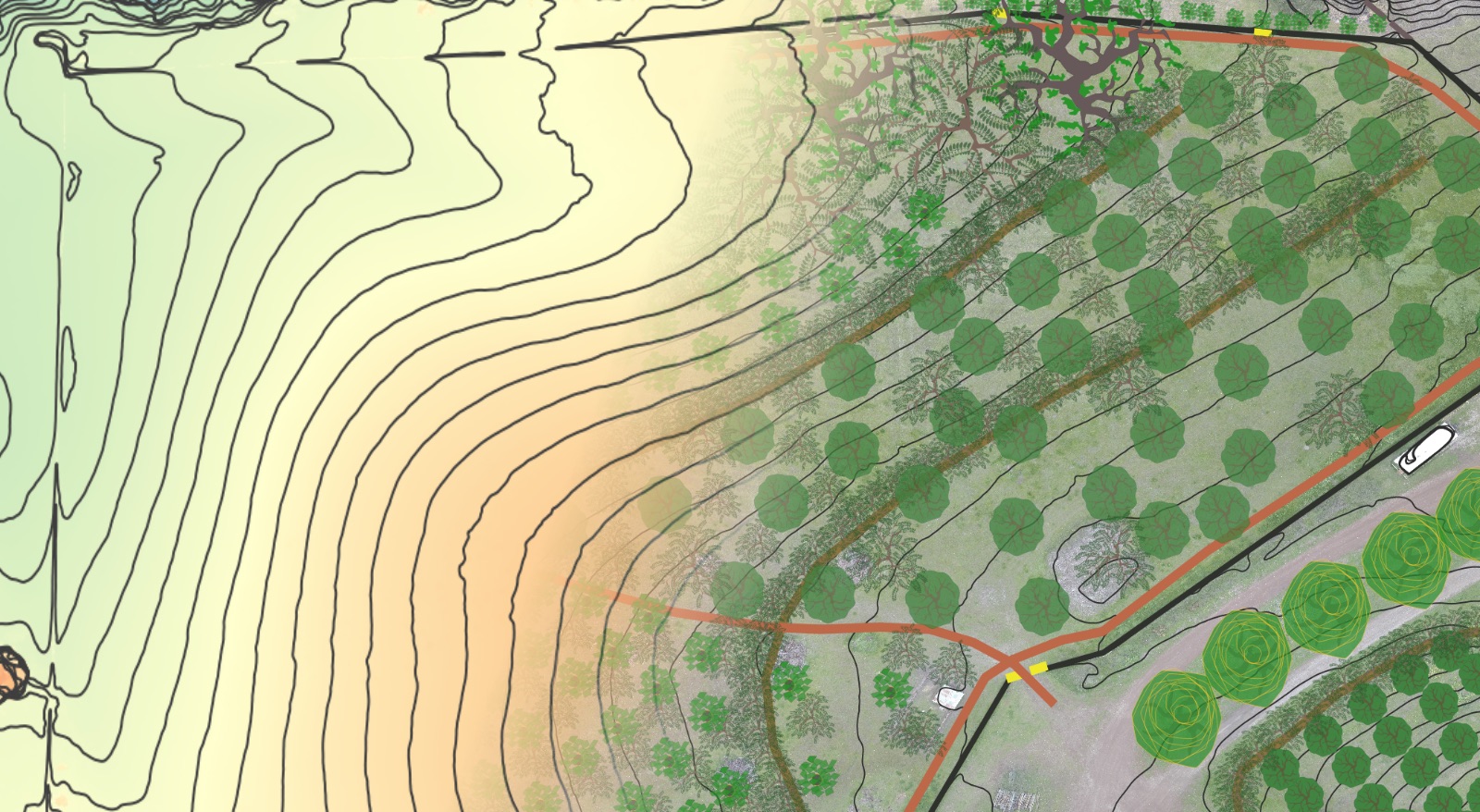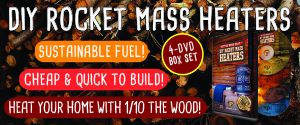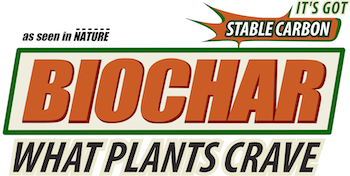Your cart is currently empty!
Floating Wetland Gardens In Pantry Ponds For Resilience, Function and Yield Stacking ~Epi-079
on
Floating wetlands are a “new” old technology that is well worth looking into if you are doing aquaculture at just about any scale – from small backyard tanks a few hundred gallons in size, on up to multi-acre ponds and lakes.
Floating wetlands take the essential functions provided by wetlands and concentrated them into a smaller and more mobile footprint. Wetlands are the kidneys of the landscape, and floating wetlands amplify many of those beneficial functions, such as:
- Integrated wetland (edge) functionality into an open water body = excess nutrient removal and water clarification
- Increased biomass production = more habitat and more food for livestock, wildlife and humans
- More “optimized edge” without reducing storage volumes in ponds
- Shade – decreases water temps, reduces algal growth potential by reducing light in the water column
- Shelter – fish shelter underneath and amongst the hanging roots
- some systems even have protected fish spawning beds hung underneath the island
- Shoreline protection / floating breakwaters – if wave erosion is a thing in your pond, consider a chain of floating islands to reduce wave action and protect vulnerable edges while also creating a highly-valuable living filter element
- Habitat Creation – floating islands contain so much edge in such a small space, they inevitably create habitat for many forms of life – from the micro (biofilms) to the macro (water fowl and fish) and everything in between.
- Waste water treatment – floating rafts with nutrient-accumulating vegetation are utilized to clarify and treat sewage effluent
Floating gardens are great for the homesteader as well. They are self-watering (obvious, but worth mentioning), benefit from increased sunlight availability to crops (light reflected off the water’s surface to crop plants on the island), pest protection (no burrowing or terrestrial garden pests are going to make it to your floating garden – unless you’ve got Navy SEAL gophers!). They make excellent floating hutches for water fowl. Some folks have experimented with adding solar lights, fans and wheedwhackers to create nocturnal fish feeders by attracting insects and knocking them into the water for the fish to eat.
There are many ways to make floating islands – from DIY to pre-made – this would make an amazing summer time home-school project – construction, design, aquatic ecology, observation, nature time…talk about stacking functions!
Show Resources
- YouTube Playlist: Living Systems – Food Production – Floating Gardens
- Pre-made / Custom BioHaven Floating Islands
- Epi-59: Sovereign Food Systems – Pantry Ponds
- Epi-61: Up-Leveling Calorie Production Per Square Foot With Azolla
- Epi-64: Using Duckweed To Grow More Calories Per Square Foot
- Epi-62: 5 Tenets Of Carnivore Homesteading
_______________________________________________________________________
WHAT I DO: Resilient Human Habitats Where People And Ecology Thrive Together
Design:
Online Site/Project Consultation
Implementation:
High-function, Low-Maintenance Access
Courses:
Building Your Sovereign Homestead
Media:
The Sovereign Homestead Podcast




